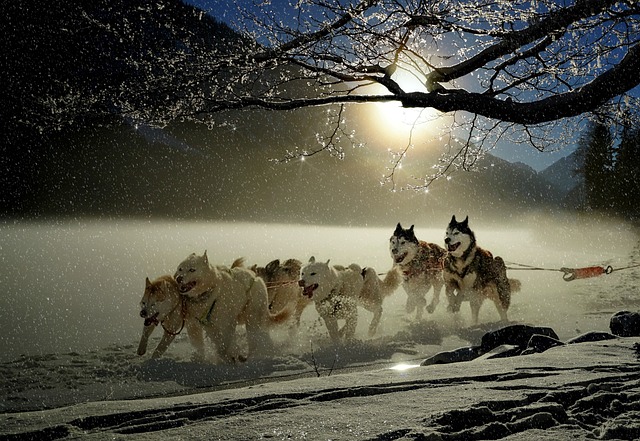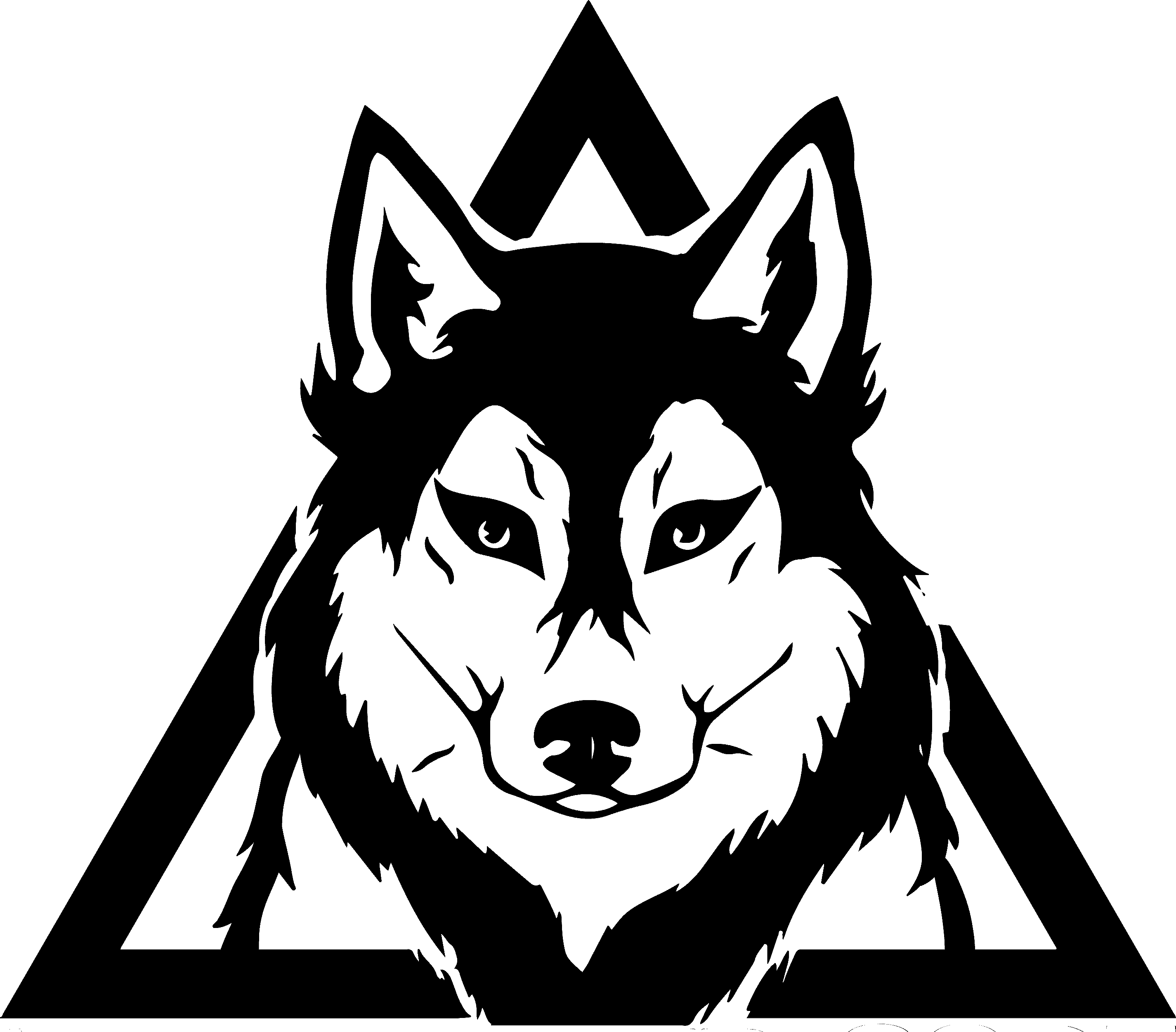Dog sledding has a long history in Sweden, dating back to the early days of the Sami people, who have lived in the northern regions of Sweden, Norway, Finland, and Russia for thousands of years. The Sami people have traditionally relied on reindeer for transportation and sustenance, but they also used dog sleds for transportation during the winter months when the ground was covered in snow and ice.

The Role of Dog Sledding in the 19th Century
In the 1800s, dog sledding gained new prominence in Sweden, especially in the remote, snow-covered northern areas where other forms of transportation were challenging. Sled dogs played a vital role in delivering mail and essential goods across great distances, often traversing the rugged and icy terrain where people lived in isolation. Dogs were also used in logging camps to transport wood, aiding the growing timber industry, and were indispensable for hunters and fishers who needed to move quickly over frozen lakes and through dense forests.
Dog Sledding as a Cultural Symbol and Sport in the 20th Century
In the 20th century, the purpose of dog sledding shifted from pure utility to recreation and sport. With the increasing availability of modern transportation, dog sledding’s importance for daily life declined, but its cultural significance and adventurous allure only grew. By the 1950s and 1960s, Sweden saw the rise of commercial dog sledding tours, where adventurous tourists could experience the thrill of being pulled by a pack of powerful sled dogs. This shift marked the beginning of dog sledding as a way for people to connect with Sweden’s winter wilderness.
Dog sledding also evolved into a competitive sport, with Sweden embracing dog sled racing. Races such as the Polardistans and the Scandinavian championship in Kiruna started drawing local and international competitors. Sweden became one of the top locations for European mushers (sled drivers) to train and race, and these competitions continue to attract a wide audience each year.
Modern Dog Sledding and Tourism in Sweden
Today, dog sledding is one of the most popular winter tourism activities in Sweden, especially in northern regions like Swedish Lapland. Visitors can book a variety of dog sledding experiences, ranging from short, introductory rides to multi-day journeys through some of the most breathtaking landscapes on Earth. Many tour companies are committed to ethical practices, ensuring the dogs’ health and happiness are paramount. These experiences allow tourists to connect with both the unique landscape and the incredible dogs who love the thrill of pulling a sled through the snow.
In Sweden, dog sledding continues to be not only a beloved activity but also an iconic winter experience that blends adventure with cultural history. Joining a dog sledding tour in Sweden offers visitors a chance to step into a piece of Sami heritage, experience the connection between human and dog, and take in the raw beauty of Sweden’s winter landscapes.

Dog Sled Racing in Sweden
Sweden is also home to a thriving dog sled racing scene, with events taking place throughout the winter months. The Femundløpet, one of Scandinavia’s most challenging long-distance races, winds through both Sweden and Norway and draws top mushers from around the world. Other races, such as the Vindelälvsdraget relay race, showcase both the endurance and agility of sled dogs and their mushers. These races highlight the skill and dedication required to care for and train sled dogs, which are highly valued in Sweden’s northern culture.
As dog sledding continues to evolve, Sweden remains a unique destination for this winter activity, bringing together tradition, sport, and sustainable tourism. From its origins with the Sami people to its modern-day appeal as a thrilling winter adventure, dog sledding in Sweden offers a unique glimpse into the country’s past and present, making it a must-try experience for those visiting Sweden’s Arctic North.
4o
